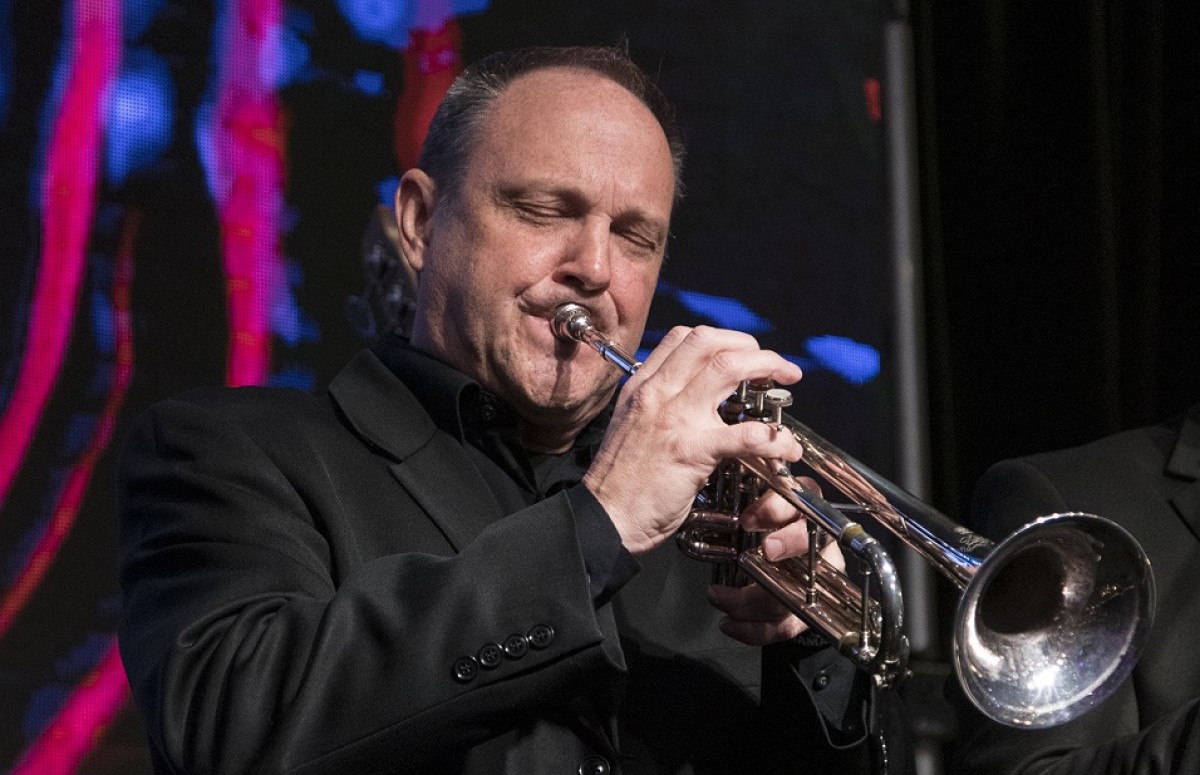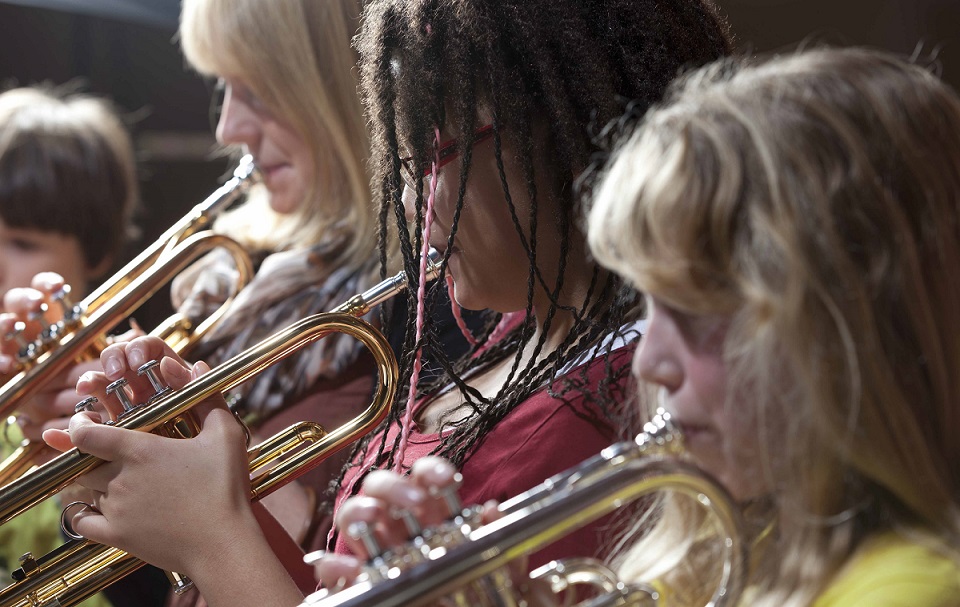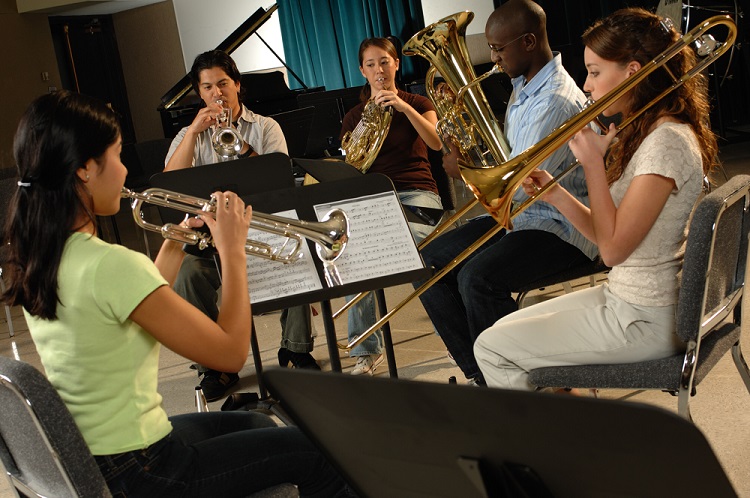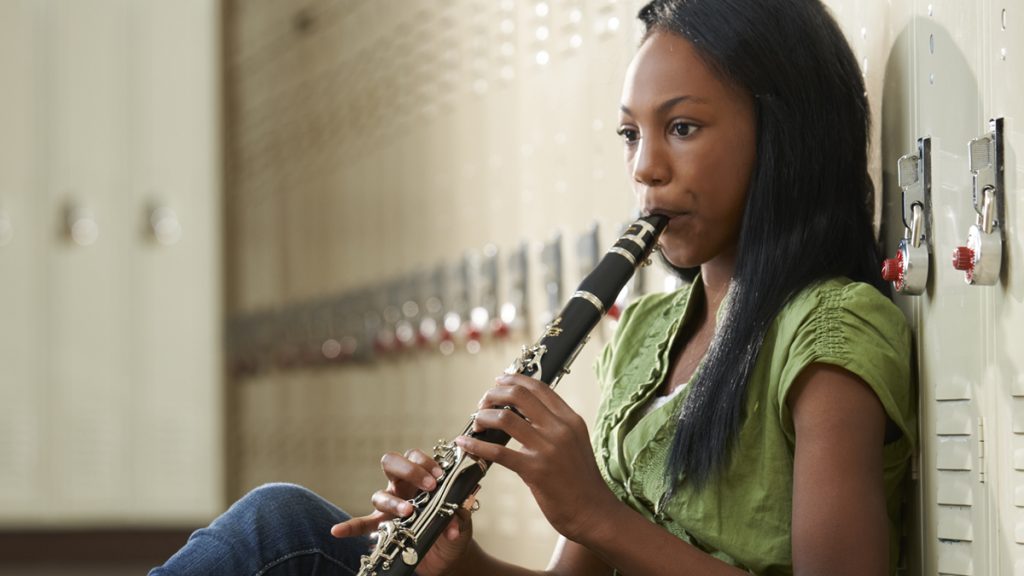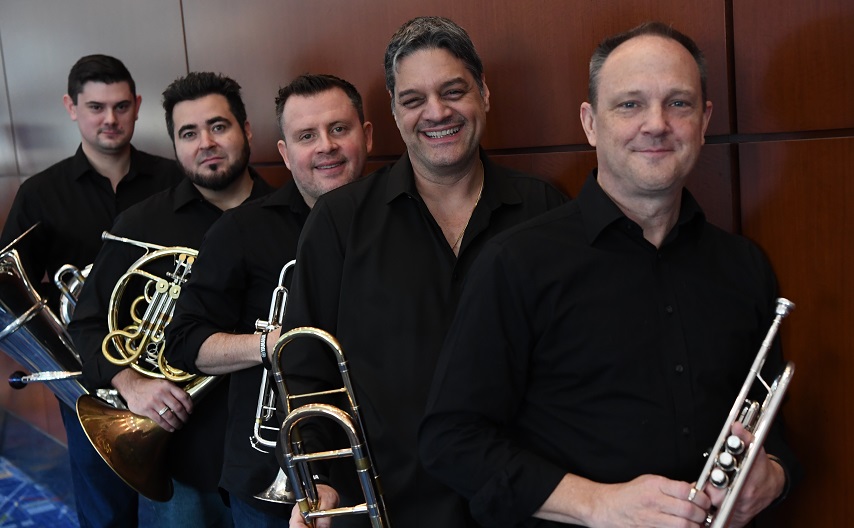Tagged Under:
Fix It: Trumpet Teaching Tips
Try these expert tips on fixing common errors that trumpet students make.
For over 30 years, I have had the tremendous privilege of playing trumpet for audiences around the world.
Without the support, guidance and influence from my middle school (Mr. Kazanjian) and high school (Mr. Ezer) band directors, I would not have had the opportunity to pursue this musical passion that has given me so much happiness.
CHECK IT OUT: The YTR-2330 Bb Trumpet for Your Classroom
No matter how long a student has been playing trumpet, it’s important to develop a solid foundation of fundamentals. By having a strong warm-up routine, students will be able to move to the next level and continue to improve. I tell students that when professional athletes practice, they are always working on fundamentals — and that’s what they need to do. It’s important for your students to know that you will be able to guide them in the right direction.
I would like to address some fundamentals that you should look out for with your middle and high school trumpet players.
Fix It: Embouchure/Air
One of the biggest hurdles beginners and young trumpet players encounter is how to create a good embouchure and how much air to put through the instrument.
Embouchure problems to watch for:
- “Smile” embouchure thins out lips, limits range and endurance, and produces thin sound.
- Lower lip disappears outside mouthpiece.
- Improper mouthpiece placement — too high or too low.
- Puffed out cheeks.
- Puckered lips protruding toward or into mouthpiece.
- Bunched chin causes fuzzy sound, limits range and can create response and articulation problems.
Embouchure solutions:
- Have students place a small mirror on their music stands so they can always check their embouchure.
- Before placing the mouthpiece on their lips, have students say the letter “M.”
- Tell students to imagine anchors at the corners of their lips.
- Have students place the eraser end of a pencil between their lips and try suspending the pencil with embouchure
Another thing to keep in mind is fingerings. If students are struggling or thinking about what fingering to use, the first thing that stops working is air. Once students are secure with their fingerings, it will be easier for them to create a full sound on their trumpet.
Fix It: Proper Practice/Warm Up
In order to have success, music students need to know how to practice. When young students are given an assignment and told to practice for 20 minutes a day, they usually focus on making it to the 20-minute mark, and they don’t accomplished anything.
It’s important to invest the time and demonstrate to your students how to practice a new song, scale or exercise. One of the hardest techniques is practicing slowly. If you can teach your students how to practice slowly and have them understand why they need to practice slowly, that’s a huge accomplishment.
THE YAMAHA EDUCATOR NEWSLETTER: Join to receive a round-up of our latest articles and programs!
Why is a warm-up routine for trumpet important?
- It helps stress fundamentals and concepts of sound, rhythm and intonation.
- It helps focus concentration.
- It helps develop listening skills in individual students, section and ensemble.
How to warm up and what you want to hear:
- Begin in the middle register, using no articulation at first (“HO”).
- Find your sound.
- Keep airflow steady whether sustaining or changing notes.
- Keep sound round, centered and consistent from note to note.
- Gradually increase the range in both directions.
- Use visual cues to direct sound (bow and arrow for forte, dart for mezzo forte, paper airplane for piano).
- Work on scales, lip flexibilities, flow exercises.

Some helpful concepts for practicing:
- Wind patterns — play passages with wind into the palm of your hand. Use lots of air and breath when needed.
- Slur tongued passages to improve flow and tone.
- Tongue slurred passages to fix rhythm and precision.
- Play rhythm on low F# forte. Create as much resistance as possible.
- Play difficult passages on “G” (alternate fingerings 0-1/3).
- Play difficult fingering passages with left hand or backward.
- Practice with a specific goal and in small segments of time.
The importance of daily fundamentals is an incredible investment for continued success on the trumpet. It’s like putting money in the bank! With proper guidance and using these rehearsal techniques you are guaranteed a great trumpet section.










